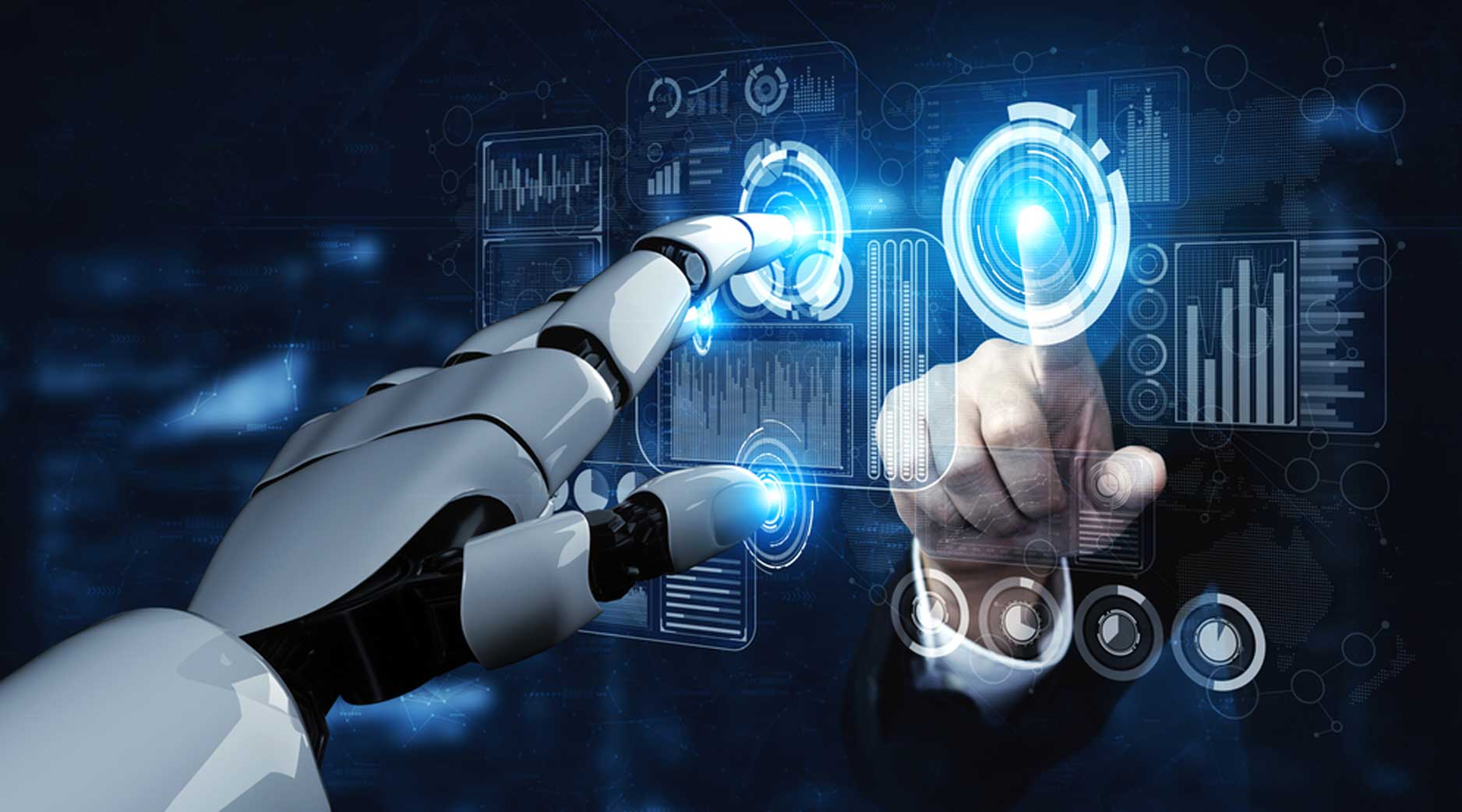Navigating the Latest Trends and Innovations in Data Science for 2024

Navigating the Latest Trends and Innovations in Data Science for 2024
Navigating the Latest Trends and Innovations in Data Science for 2024
In the dynamic field of data science, innovation is the norm. Every year, new technologies and methodologies gain prominence, shaping the landscape for the professionals immersed in this data-driven world. In this detailed post, we're taking a deep dive into the emerging frontiers of data science, where we'll unpack the latest trends, what's fueling their growth, and how you can harness these developments for your organization's success.
AI and Machine Learning: Entering a New Era
The Evolution of Deep Learning
The advancements in deep learning are staggering. New algorithms are pushing the boundaries of what we thought was possible, leading to more complex models, and consequently, more accurate predictions. What's interesting is the democratization of these models, with tools and frameworks making it possible for more data scientists to leverage these powerful technologies without being experts in the field.
Generative AI: A Creative Revolution
Generative AI models have stepped out of the lab and into the world of creativity and industry. Whether it's generating realistic images from textual descriptions, composing music, or even designing everyday objects, these models are unlocking a fresh realm of AI applications that thrive on imagination and intuition.
Accelerating Analytics with Big Data Technologies
Real-Time Data Processing and Analytics, in this age of instant gratification, real-time data processing and analytics have become not just a desire but a necessity. With the exploitation of in-memory databases, stream processing, and complex event processing, businesses can react to trends immediately, leading to more agile and responsive operations.
The Rise of Graph Databases
Traditional relational databases are not always the best fit for analyzing complex and connected datasets. This is where graph databases shine, offering a more natural way to represent and leverage data relationships. From social networks to fraud detection, the applications for graph databases are continually expanding.
Data Privacy and Consumer Trust
With the ever-increasing volume of data being collected, the conversation around data privacy has never been more critical. As regulators step in with frameworks like GDPR and CCPA, companies are reevaluating their data management practices, emphasizing transparency and giving users more control over their data.
The Interplay of Edge Computing and IoT
Revolutionizing Through Edge AI
Edge computing, coupled with AI, is transforming how IoT devices process and analyze data. By moving computational and analytical capabilities closer to the data source, organizations can achieve lower latencies, reduce bandwidth usage, and operate more efficiently. The result is an ecosystem of intelligent devices that can act independently and in concert with centralized systems.
Security and Resilience on the Edge
Edge computing introduces a new frontier for cybersecurity, with devices often spread across various, and sometimes uncontrolled, environments. Solutions that embed security at their core are essential, ensuring the integrity and confidentiality of data processed at the edge, especially when they affect critical systems or decisions.
The Future of Data Science in the Cloud
Cloud-Native and Serverless Architectures
The cloud continues to be the backbone of modern data science. With the rise of cloud-native and serverless architectures, data scientists and engineers are empowered to focus on insights rather than infrastructure management. These architectures offer scalability, high availability, and cost benefits, making them the preferred choice for data-intensive workloads.
Continuous Learning and Development In Data Science
The Importance of Lifelong Learning
Data science is a field that demands continuous learning. New technologies and methodologies are emerging at an unprecedented pace, requiring professionals to stay updated by engaging in continuous education, attending workshops, and participating in communities and conferences.
Fostering a Culture of Innovation
In conclusion, the data science landscape of 2024 is characterized by innovation, complexity, and a relentless pursuit of insights. While the pace of change can be daunting, it also presents a wealth of opportunities for those who are willing to adapt and grow. Whether it's harnessing the power of AI, mastering new analytics technologies, or championing ethical and responsible data science, the path forward is clear: to stay ahead, we must look beyond what's currently possible and prepare for the data-driven future unfolding before us.


